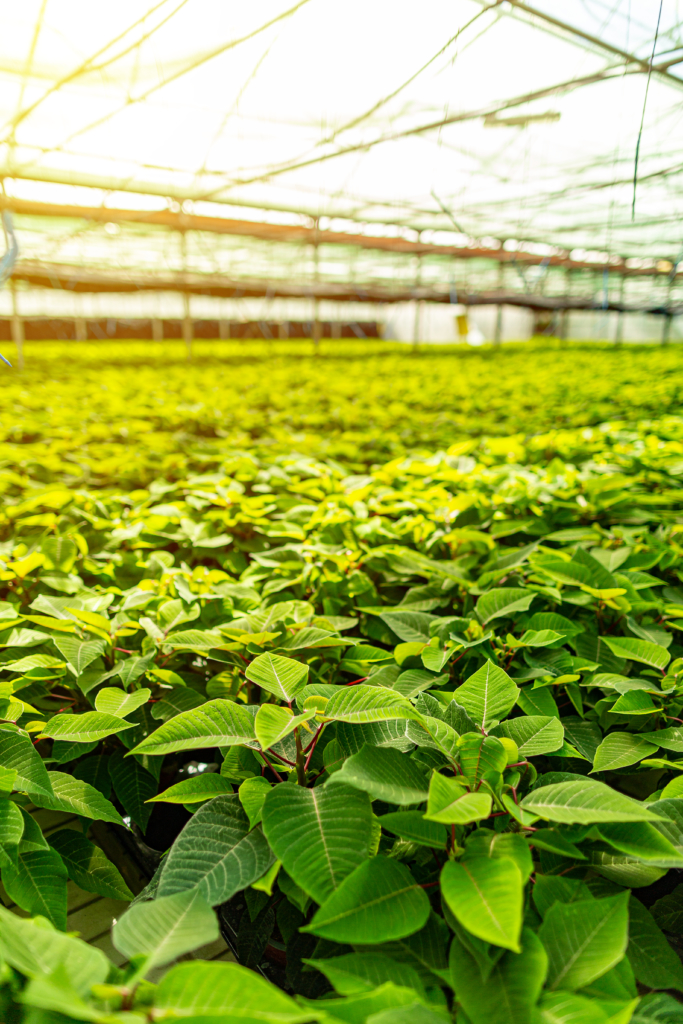Enhanced movement of this secondary macronutrient means a stronger cell wall and healthier membrane function, improved crop quality and yield, plus so much more.
Commercial growers are well-versed in the understanding that their crops require certain nutrients in the right amounts to thrive. Outside of the macronutrients that ensure vigor and vitality—nitrogen, phosphorous, and potassium or NPK—calcium, a secondary macronutrient, is necessary for flower set and development, bloom longevity, and managing many other essential plant functions. Calcium also provides some unique challenges. Even with proper soil and foliar applications, the nutrient may not be transported to the places where the plant needs it most during key demand growth and development stages. “Calcium is one of those nutrients that is considered ‘immobile,’ meaning it struggles to be transported in adequate quantities to certain portions of the plant,” says Patrick Clark, Technical Product Development Manager at BioSafe Systems. “Calcium is primarily taken up with water in the transpiration stream, which moves in the xylem of the plant. Since calcium is not readily mobile due to low concentrations inside living cells, it creates a deficit in certain parts of the plant, such as flowers, fruit or tightly structured vegetative portions like cabbage, ornamental kale, or head lettuce.”
Top Enhancing Calcium Availability and Distribution
Because calcium is critical for cell wall development, mitigating diseases and problems related to deficiencies (bitter pit, hollow heart, etc.), minimizing flower abortion, maximizing shelf life at retail and more, growers must ensure proper mobility. This is most important during rapid growth stages where the plant’s demand for calcium far exceeds its ability to meet that need. While it may be tempting to pour on the calcium products, there’s a better way. “BioSafe Systems’ CalOx® FT is designed to improve the mobility and distribution by stimulating calcium ion transport channels in the cell membrane,” Clark explains. “It’s not meant to be a replacement for a nutritional product. Instead, it enhances calcium mobility and distribution by using CaT Technology™ to open the symplastic pathway that allows calcium to enter through the cell membrane and move directly through cells. This increases calcium concentration and improves localized calcium movement beyond the immediate application site.”
CalOx FT works in conjunction with nutritional products to boost plant health, vigor, and development. The product shouldn’t be applied with the nutrient product though, as it may not bode well in mixes that are chelated with slow-release technologies. CalOx FT can, however, be tank mixed with pesticides. This reduces the number of sprays, as pesticides also need to be applied during rapid growth stages. When used correctly, CalOx FT saves growers time, money, and resources.
“The real take-home message when it comes to any fertility program is that if you’re seeing visual symptoms of a nutritional deficiency, you’ve already reduced the quality of your crop and your yield,” Clark says. “In ornamentals, aesthetics is everything. The slightest blemish can reduce the likelihood that someone is going to take that plant home with them. Waiting until you see a problem is a dangerous proposition in comparison to making a small, upfront investment to improve your crop performance.”
As seen in Greenhouse Grower.


